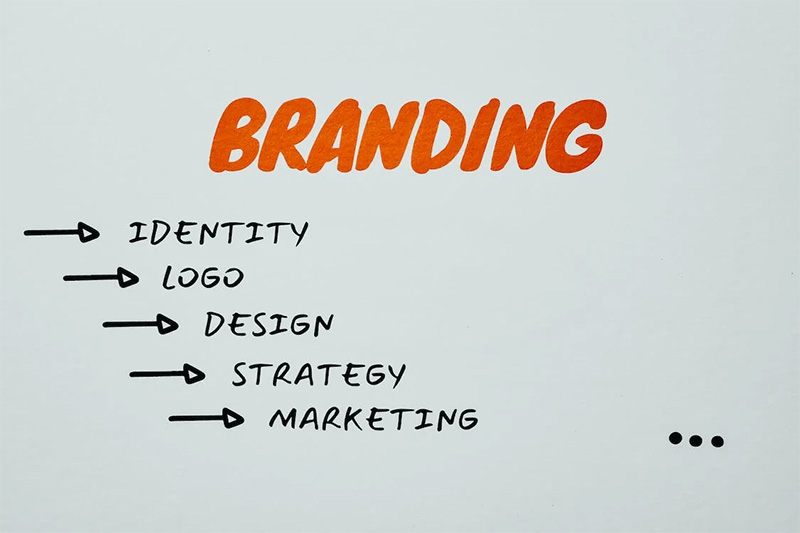Building a Strong Brand: Developing a Unique Identity
Building a strong brand is crucial for businesses trying to stand out and have a long-lasting presence in today’s cutthroat business environment. In addition to assisting in client attraction, a great brand promotes awareness, loyalty, and trust.
Establish Your Brand’s Purpose and Values. Setting up your brand’s purpose and values is the first stage in developing a strong brand. What is the primary driving force behind your business? What do you hold true? Understanding your brand’s mission and values can help you develop its identity, which will influence your messaging, positioning, and overall brand strategy.
Undertake Market Research. To understand your target audience’s wants, preferences, and pain areas, undertake rigorous market research before developing your brand identity. This knowledge will enable you to modify your brand to connect with your target audience and resonate with them.
Create a Compelling Brand Narrative. A compelling brand narrative captures your company’s core, emotionally engages your audience, and distinguishes you from rivals. Your brand narrative should convey your distinctive value proposition, showcasing what makes your company unique and why clients should select you.
Create a Memorable Visual Identity. Visual components greatly influence brand identification and recall. Invest in a professional logo design, use colors that represent the personality of your business, and pick typography that works with your messaging. A consistent brand experience is produced by maintaining your brand identity throughout all visual touchpoints, such as your website, packaging, and marketing materials.
Create a Unique Tone of Voice. The tone of voice for your brand determines how you interact with your audience. A distinctive tone contributes to developing a dependable and known brand identity, whether warm and conversational or authoritative and professional. Apply this tone to all forms of communication, such as customer encounters, website text, and social media.
Deliver Consistent Brand Experiences. Developing a successful brand requires consistency. Your brand’s values, messaging, and visual identity should be evident in every engagement a customer has with it. Aim for a smooth and consistent brand experience that promotes your identity at every touchpoint, from customer service interactions to product packaging.
Engage Your Audience. Actively engage your audience to increase brand loyalty and advocacy. Connect with your consumers, solicit their input, and deliver value-added material using social media platforms, email marketing, and other methods. Encourage consumers to share their stories and serve as brand ambassadors by creating a feeling of community around your company.
Make Yourself Stand Out. Determine what makes your brand distinct from rivals and highlight those special features in your marketing. Highlighting your differentiators helps build a competitive edge and draws consumers that share your beliefs, whether it be your inventive product features, outstanding customer service, or sustainable company practices.
Successful companies know the significance of adapting and developing in response to shifting market dynamics and consumer preferences. Keep up with market developments, pay attention to consumer input, and be prepared to adjust your brand strategy and product offers to suit changing client demands. A powerful and relevant brand must be able to adapt and move with the times.
Developing a successful brand necessitates a deliberate and careful approach. You may develop a distinctive brand identity by defining your brand’s purpose, doing market research, developing a compelling brand narrative, and designing a memorable visual identity. Consistency, engagement, distinction, and flexibility are key components to nurture brand loyalty and create an enduring presence in the market.
Photo Attribution:
1st & featured image from https://www.pexels.com/photo/text-on-white-paper-7661590/
2nd image from https://www.personio.com/hr-lexicon/toxic-work-environment/


